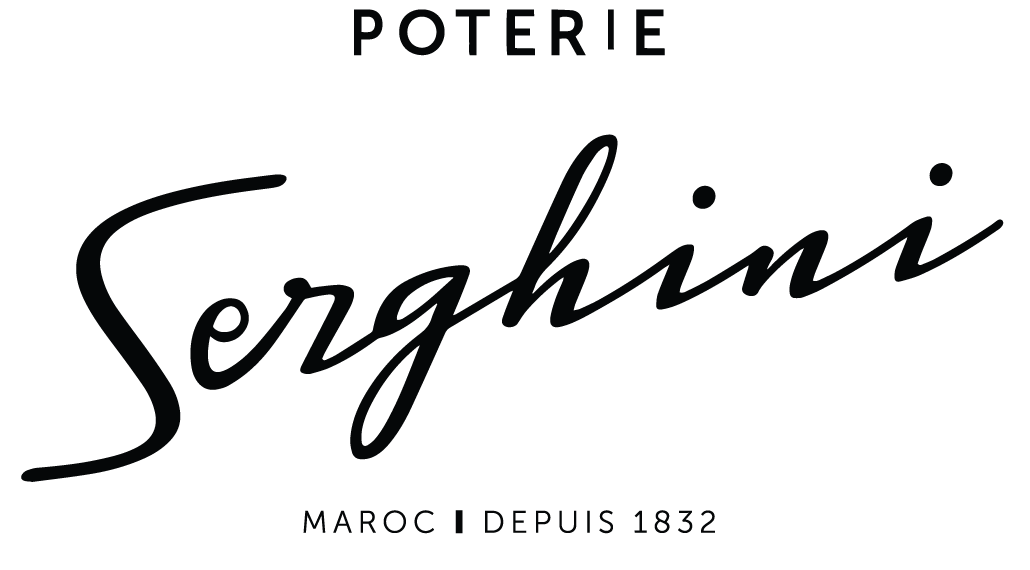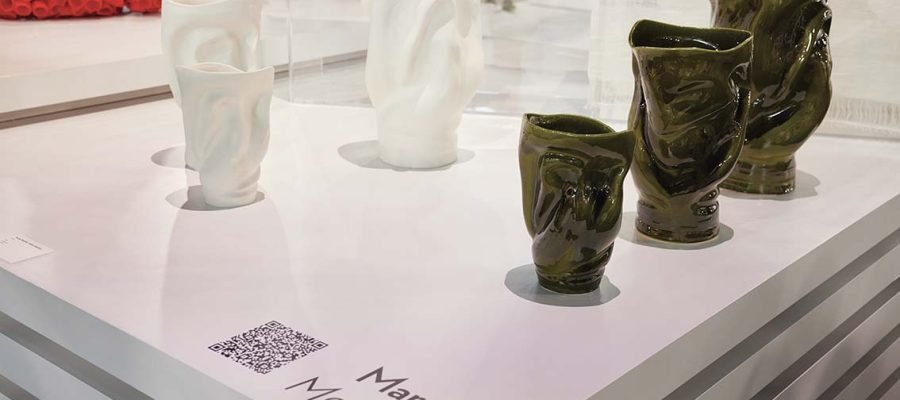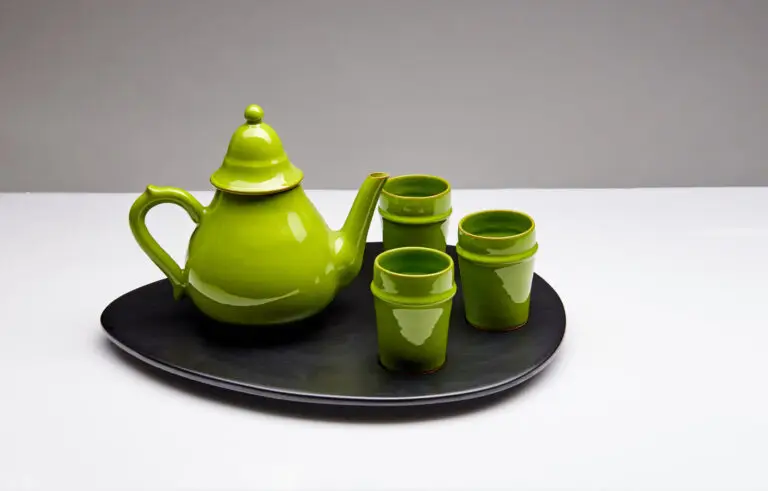Moroccan pottery, rich in history and culture, has always been a key element of Morocco’s artistic heritage. This ancient art has not only captured the hearts of local art enthusiasts but has also made its mark on the international stage.
Historical Presence of Moroccan Pottery on the International Scene
The first significant appearances of Moroccan pottery beyond national borders date back to colonial exhibitions. Although controversial today for their historical context, these exhibitions were one of the first channels to present Moroccan craftsmanship to an international audience. For example, at the 1931 International Colonial Exhibition in Paris, Moroccan art, including pottery, was displayed to highlight the diversity and cultural richness of Morocco.
After World War II, Moroccan pottery experienced a new wave of international interest. This period saw an increasing recognition of Moroccan craftsmanship as a form of art in its own right, rather than just an exotic product. Exhibitions such as the 1958 Brussels World Fair and the 1964 New York World’s Fair played a crucial role in showcasing Moroccan pottery, highlighting its diversity and originality.
The 1980s and 1990s marked a period of consolidation for Moroccan pottery on the international stage. Exhibitions like “Treasures of Islam” in Geneva not only presented Moroccan pottery as an important element of Islamic heritage but also as a contemporary and evolving art form. These events enabled Moroccan artisans to forge links with the international art market, attracting collectors and art enthusiasts from around the world.
Major International Exhibitions
Paris Universal Exposition (1937): This exhibition was one of the first events to present Moroccan pottery on the international stage, showcasing its diversity and unique craftsmanship.
International Handicraft Exhibition, New York (1964): Here, Moroccan pottery was presented as an example of traditional craftsmanship, drawing attention to its techniques and cultural heritage.
“Treasures of Islam,” Geneva (1985): This exhibition highlighted Moroccan pottery’s place in Islamic art, emphasizing its historical and cultural importance.
International Craft Fair, Milan (1990s): These fairs regularly featured Moroccan pottery, providing a platform for artisans to reach a broader international audience.
Maison & Objet Fair, Paris (Annual since the 2000s): This renowned event showcases Moroccan pottery in a contemporary interior design context, illustrating its adaptability and innovation.
Venice Biennale (Various Years): The participation of Moroccan pottery in this prestigious event underscores its status as a full-fledged work of art, capable of dialoguing with contemporary artistic trends.
International Collaborative Exhibitions: Exhibitions organized by entities like UNESCO highlight Moroccan pottery within international cultural projects, promoting intercultural dialogue.
Specialized Thematic Exhibitions: Thematic exhibitions focusing on specific aspects of Moroccan pottery, such as glazing techniques or traditional patterns, have also played a crucial role in its recognition.
Recognition and Awards
Over the years, Moroccan pottery has not only captivated international audiences with its beauty and craftsmanship but has also received numerous awards and recognitions, solidifying its position as a major art form on the global stage.
Excellence Awards in Craft Fairs: Moroccan artisans have been awarded at various international fairs for their exceptional mastery and innovation in pottery. These awards recognize the artistic quality and originality of the works.
Innovation Awards in Art Crafts: These awards, often given at international exhibitions, value artisans who push the boundaries of tradition to create contemporary works.
Recognitions in Design and Craft Fairs: At prestigious design fairs like Maison & Objet in Paris, Moroccan potters have been lauded for their ability to integrate traditional elements into modern designs.
Recognition for Technique and Style: Specific awards for techniques, such as glazed ceramics or sculpture, highlight the technical diversity and richness of Moroccan pottery.
Exhibitions in Art and History Museums: Museums worldwide have also exhibited Moroccan pottery pieces, recognizing their importance as art objects and cultural witnesses.
The recognition and awards earned by Moroccan pottery, both nationally and internationally, are not just honors but testimonials to its artistic and cultural significance. The inclusion of Poterie Serghini pieces in the British Museum is a prominent example, symbolizing Moroccan pottery’s place in the history of world art.




